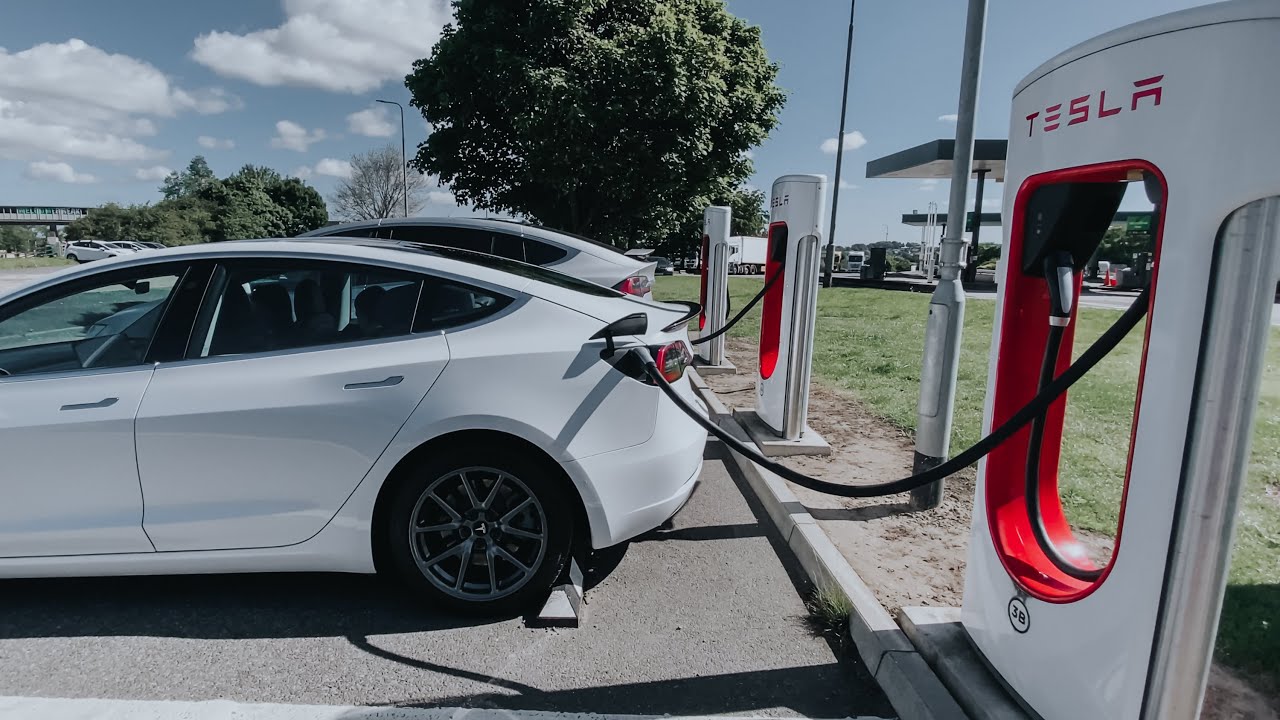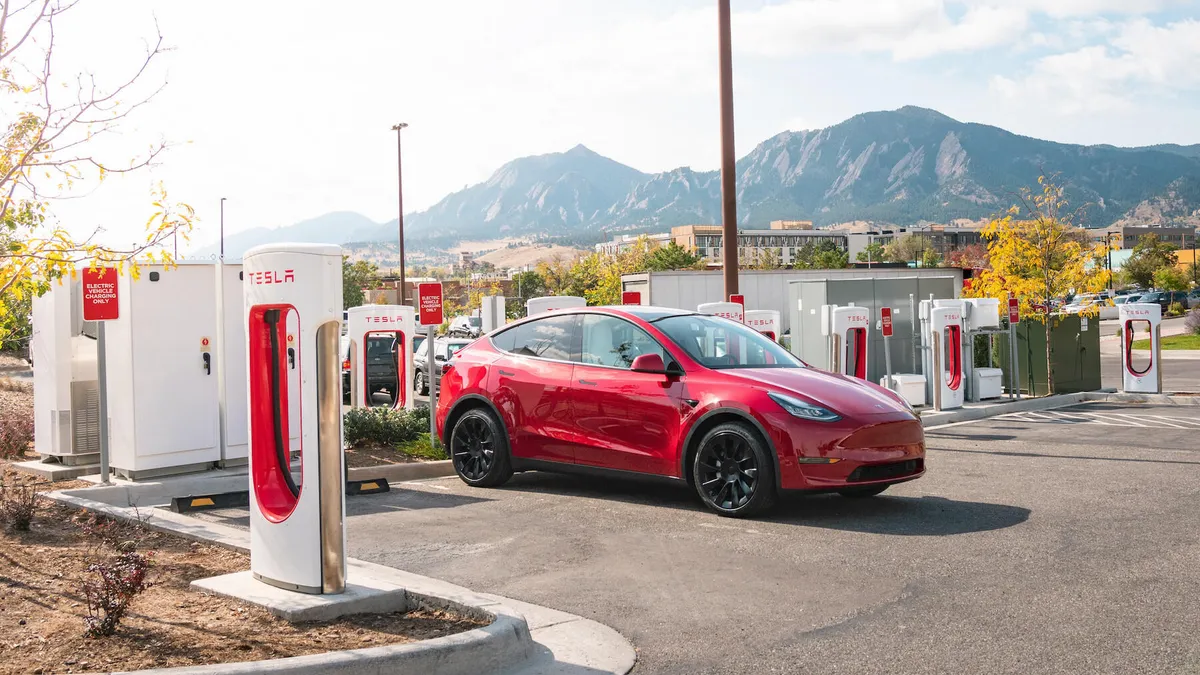NACS Tesla Charging Connector for EV Fast Charging
In the 11 years since the Tesla Supercharger was introduced, its network has grown to over 45,000 charging piles (NACS, and SAE Combo) around the globe. Recently, Tesla began opening up its exclusive network to non-marque EVs thanks to a new adapter it calls the “Magic Dock.”
This proprietary dual connector allows for charging across both NACS and SAE Combo (CCS Type 1)
plugs and is slowly but surely rolling out to Supercharger stations across the continent. As plans to open its network up to other EVs were coming fruition, Tesla announced it was renaming its charging plug the North American Charging Standard (NACS).
The move quickly drew criticism from legacy automakers going electric, as the SAE Combo was still the actual charging standard. Tesla, on the other hand, argued that NACS should be adopted because its adapter is significantly more compact. It also offers more seamless connection and access to the Supercharger network as thousands of piles are being replaced with Magic Docks.
Like many new technologies and ideas, the general population threw out a blend of both skepticism and excitement, but the combo with CCS protocol has remained the go to charging standard. However, a startup known for thinking outside the box in EV design offered a catalyst in NACS charging adoption we’re watching just begin to catch fire today.
The industry hops on the NACS hype train
Last summer, solar EV startup Aptera Motors truly got the NACS adoption train rolling before Tesla had even opened up the standard to others. Aptera said it saw the potential in NACS charging and even created a petition to make it the true standard on the continent, garnering nearly 45,000 signatures.
By fall, Aptera was publicly debuting its Launch Edition solar EV, complete with NACS charging with the permission of Tesla. It even added DC fast charging capabilities as the request of its passionate community.
Having Aptera onboard NACS was big for Tesla, but not that big. The startup hasn’t even reached scaled SEV production yet. The real momentum for NACS adoption would come months later when Tesla announced a surprising partnership with a proper rival – Ford Motor Company.
Beginning next year, Ford EV owners will gain access to 12,000 Tesla Superchargers in the US and Canada using an NACS adapter that will be offered directly to them. Furthermore, new Ford EVs built after 2025 will come with the NACS charging port already integrated into their design, eliminating any need for adapters.
There are multiple connectors that support CCS protocol.
SAE Combo (also called CCS1): J1772 + 2 big DC pins at the bottom
Combo 2 (also called CCS2): Type2 + 2 big DC pins at the bottom
Tesla Connector (now called NACS) has been CCS-compliant since 2019.
The Tesla Connector, which already was CCS capable, has proven to be a superior design for places where no 3-phase electricity is common, like the USA, so it will replace the SAE Combo, but the protocol will still be CCS.
View all comments
Less than two weeks later, another major American automaker announced a partnership with Tesla to adopt NACS charging – General Motors. GM offered the same strategy as Ford in integrating adapters for initial customers followed by a full NACS integration in 2025. This announcement all but confirmed that NACS is in fact the new standard on the continent and further established the trio as a new “big three” in American EV manufacturing.
Since then, the flood gates have opened, and we’ve seen a press release almost daily from charging networks and equipment manufacturers vowing to follow suit and adopt NACS access for charger customers. Here are a few:
Post time: Nov-13-2023

 Portable EV Charger
Portable EV Charger Home EV Wallbox
Home EV Wallbox DC Charger Station
DC Charger Station EV Charging Module
EV Charging Module NACS&CCS1&CCS2
NACS&CCS1&CCS2 EV Accessories
EV Accessories


